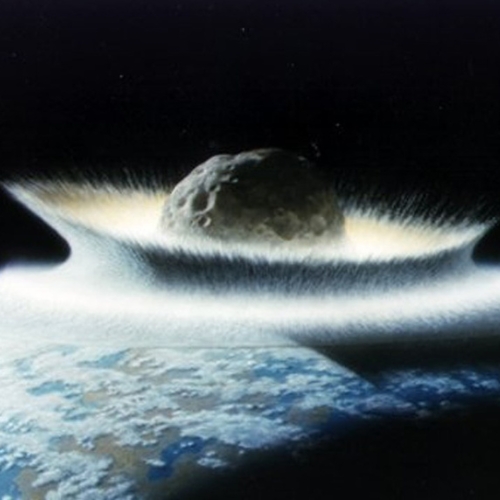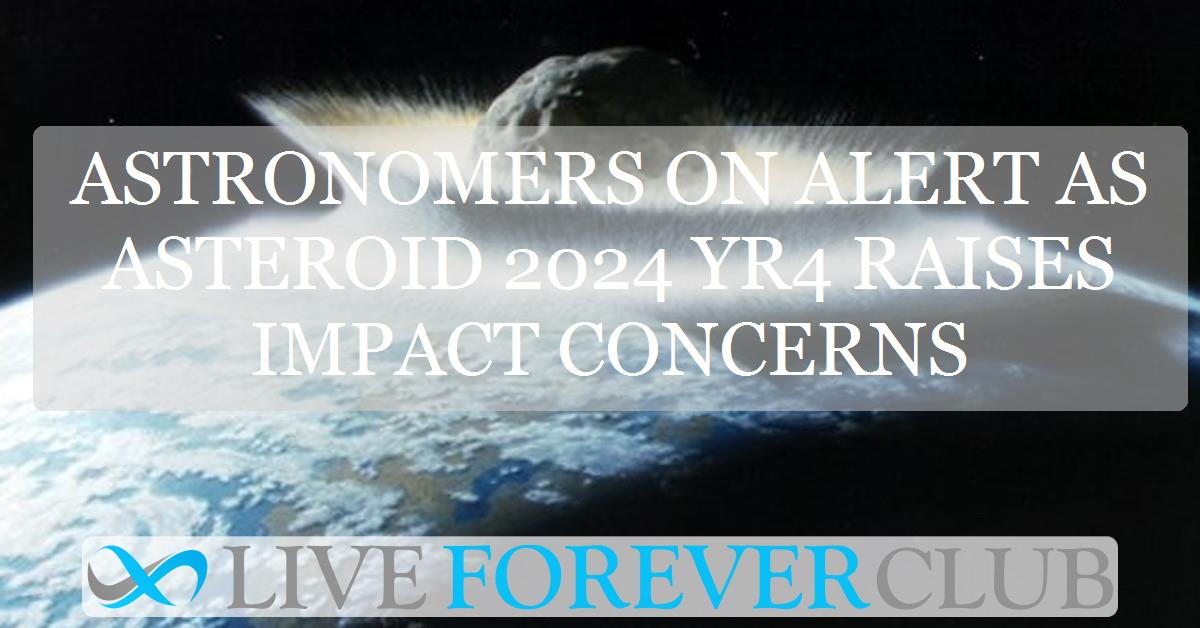Key points from article :
Astronomers have identified a 100-meter-wide asteroid, named 2024 YR4, that has triggered global planetary defence procedures for the first time. Discovered by an automated telescope in Chile on December 27, the asteroid currently has a 1.3% chance of colliding with Earth on December 22, 2032. While this probability remains low, it is enough to warrant further observation and monitoring by space agencies.
Colin Snodgrass, a planetary astronomy professor at the University of Edinburgh, emphasizes that the asteroid will most likely pass by harmlessly but requires continued tracking to refine predictions. The asteroid ranks as a three on the Torino Impact Hazard Scale, meaning it deserves attention due to its potential for local-scale destruction. The only asteroid ever rated higher was Apophis in 2004, which was later downgraded after further observations ruled out an impact.
Scientists stress that increased monitoring of near-Earth objects will lead to more frequent detections like this. While an asteroid of this size would not cause mass extinction, it could devastate a city if it struck. In response, two UN-endorsed groups, the International Asteroid Warning Network and the Space Mission Planning Advisory Group, have been activated to track its trajectory and consider possible mitigation strategies, such as deflection using a spacecraft—a method successfully tested in NASA’s DART mission.
As the asteroid moves away from Earth, its precise orbit remains difficult to determine. Observations over the coming months will help clarify the risk, and if an impact remains uncertain, scientists will reassess when the asteroid becomes visible again in 2028. Snodgrass highlights that, if necessary, existing technology could be used to deflect the asteroid, showcasing the growing capabilities of planetary defence systems.





